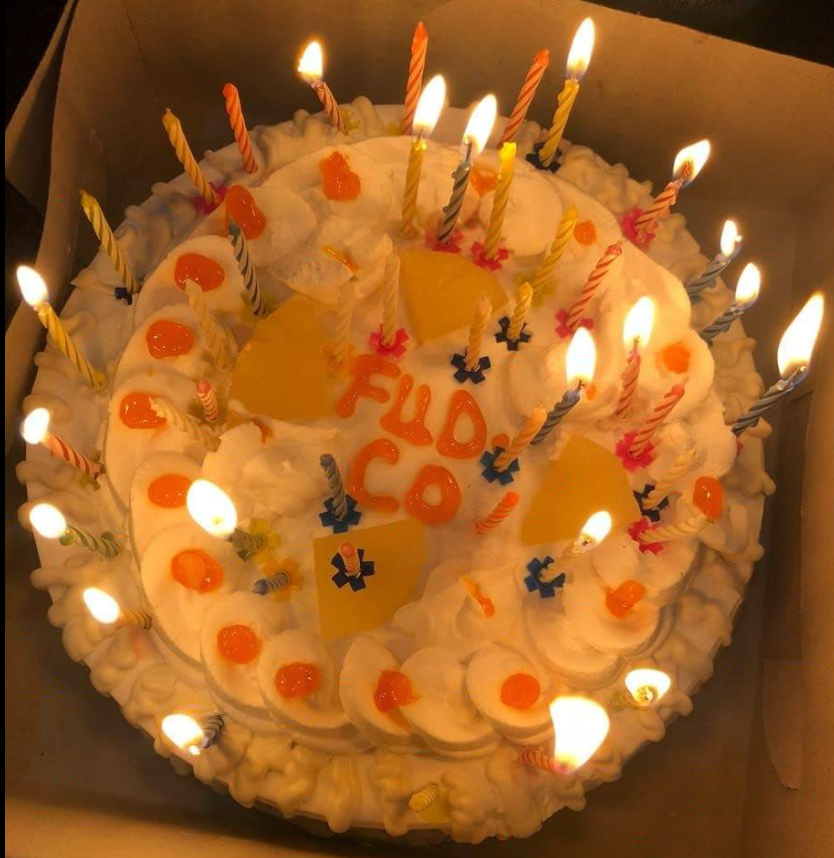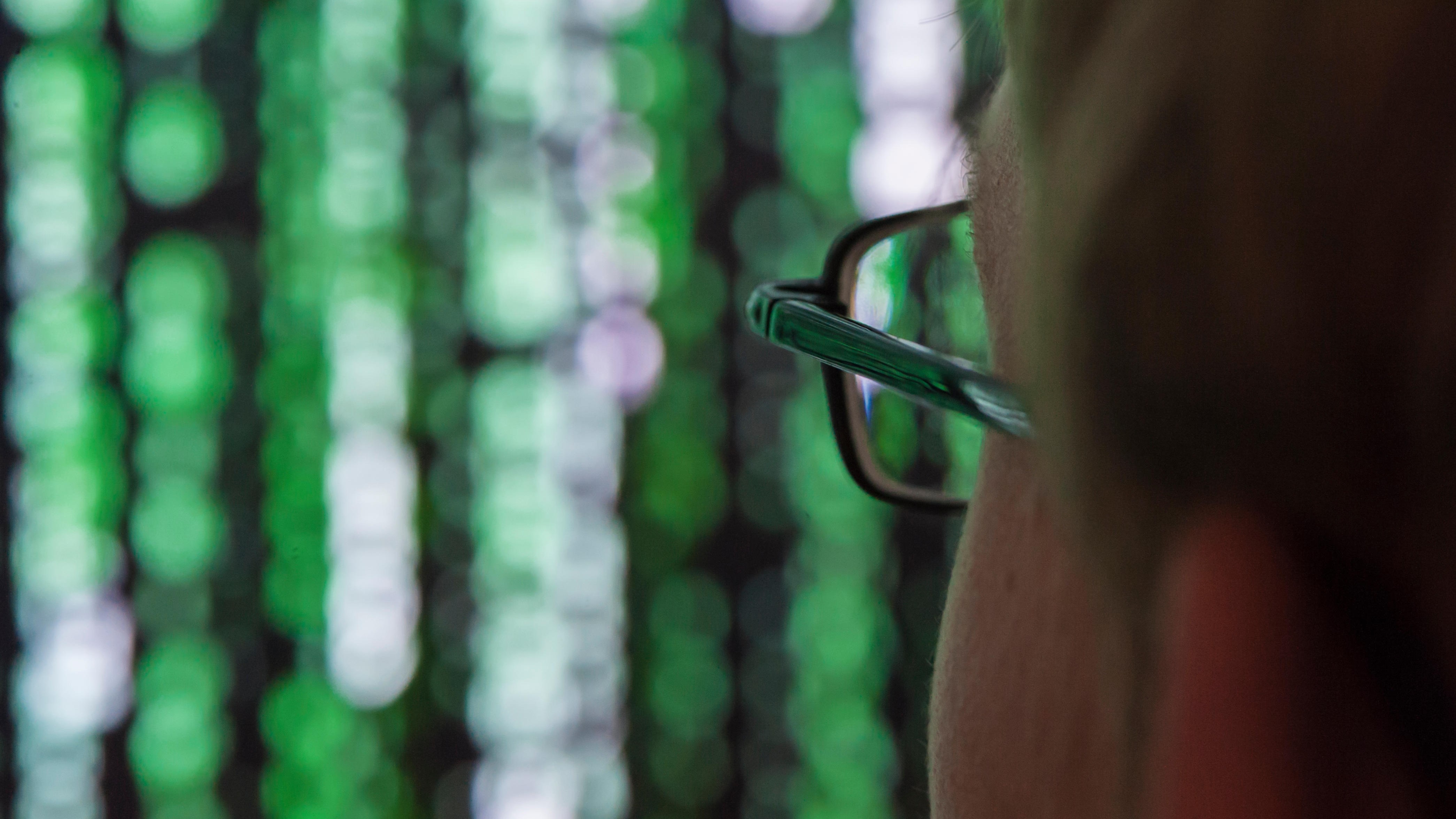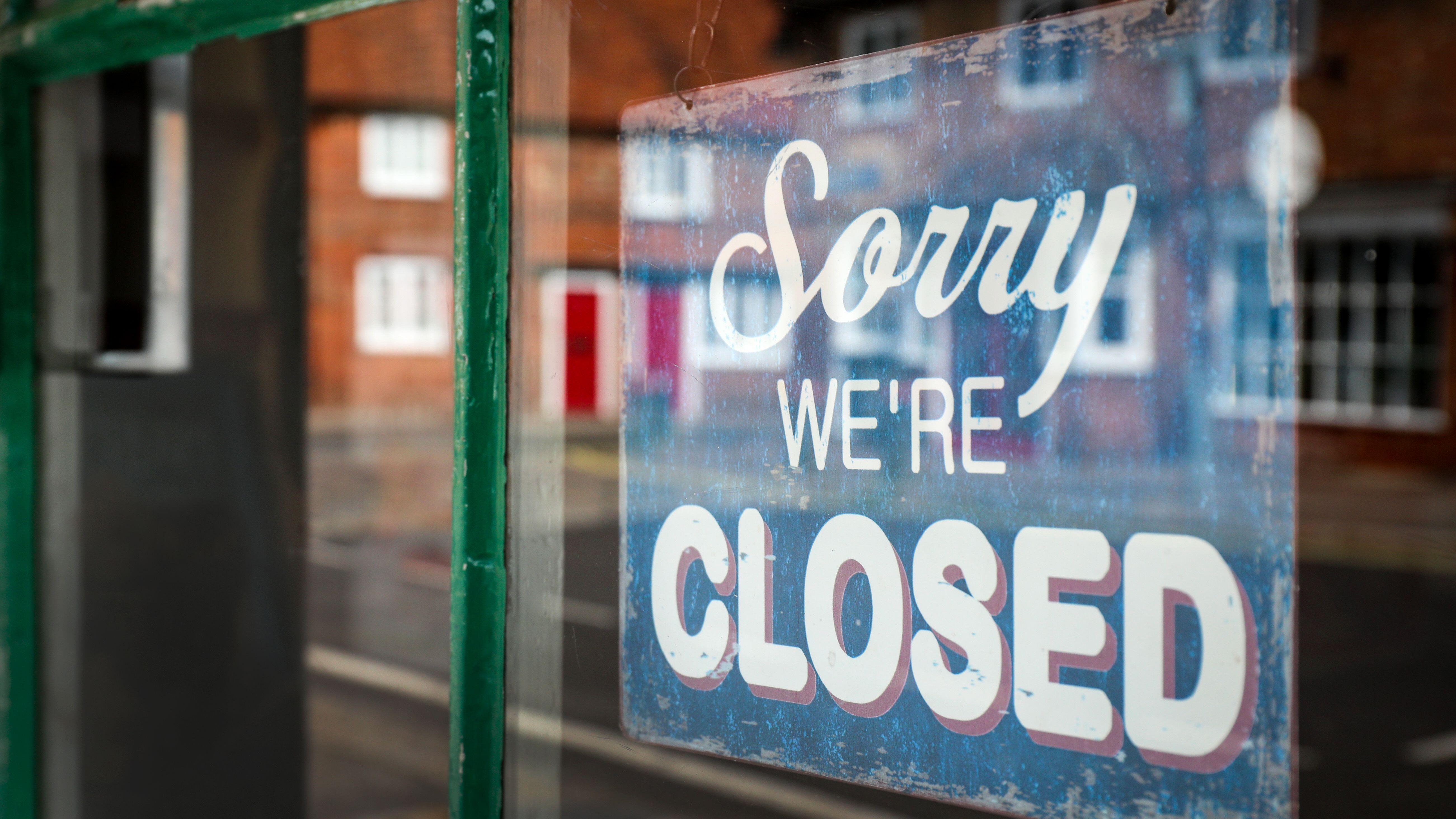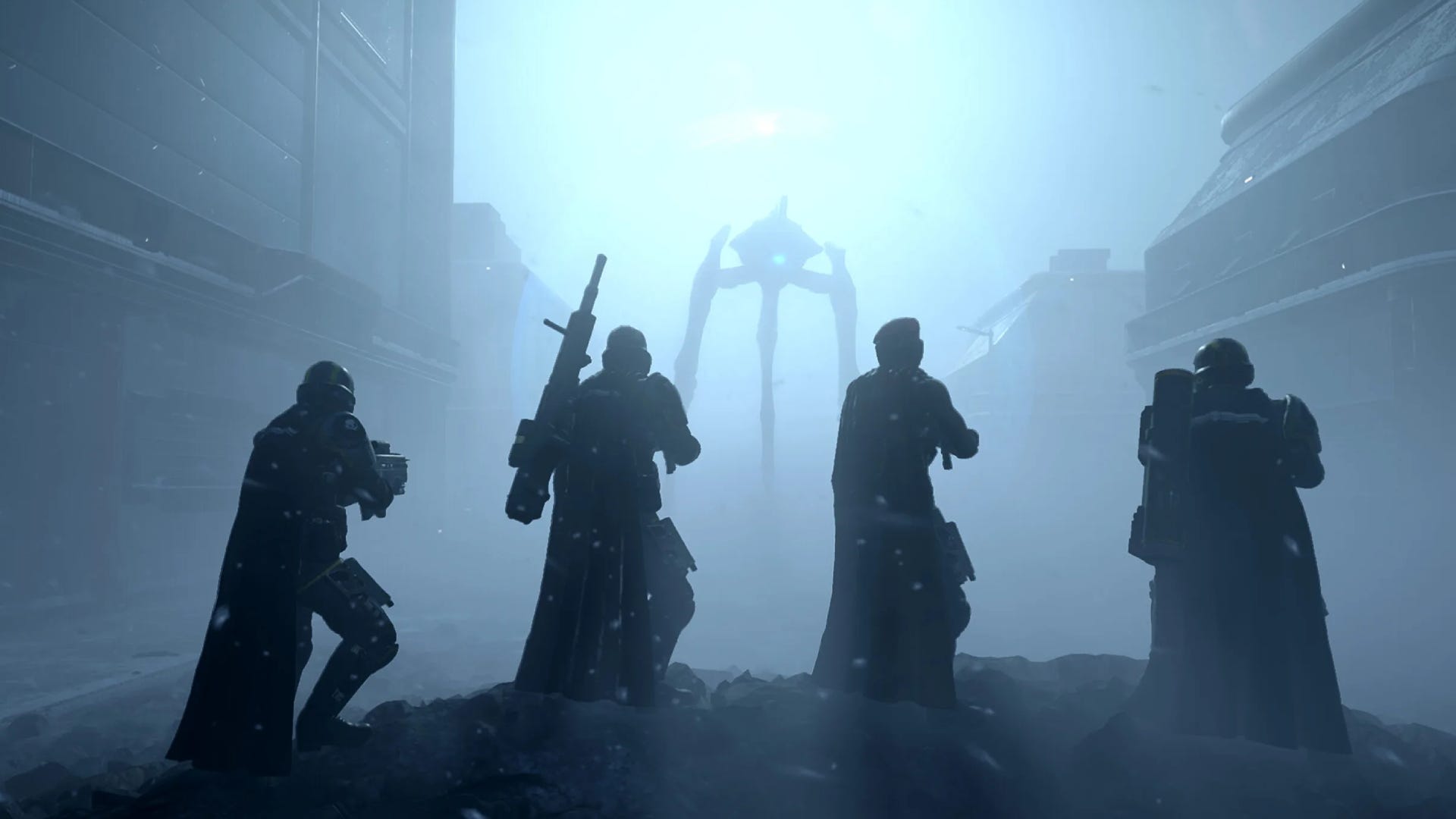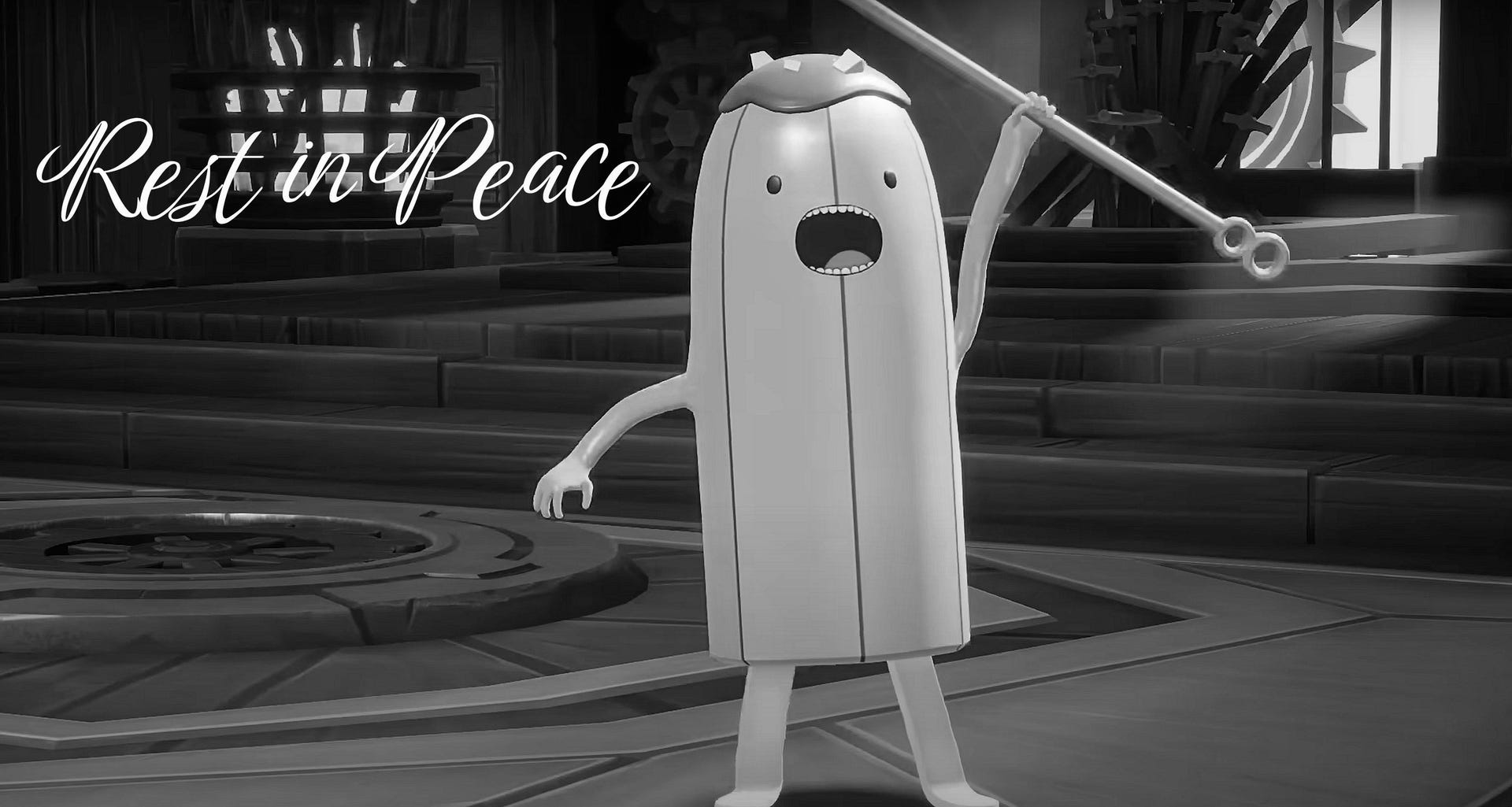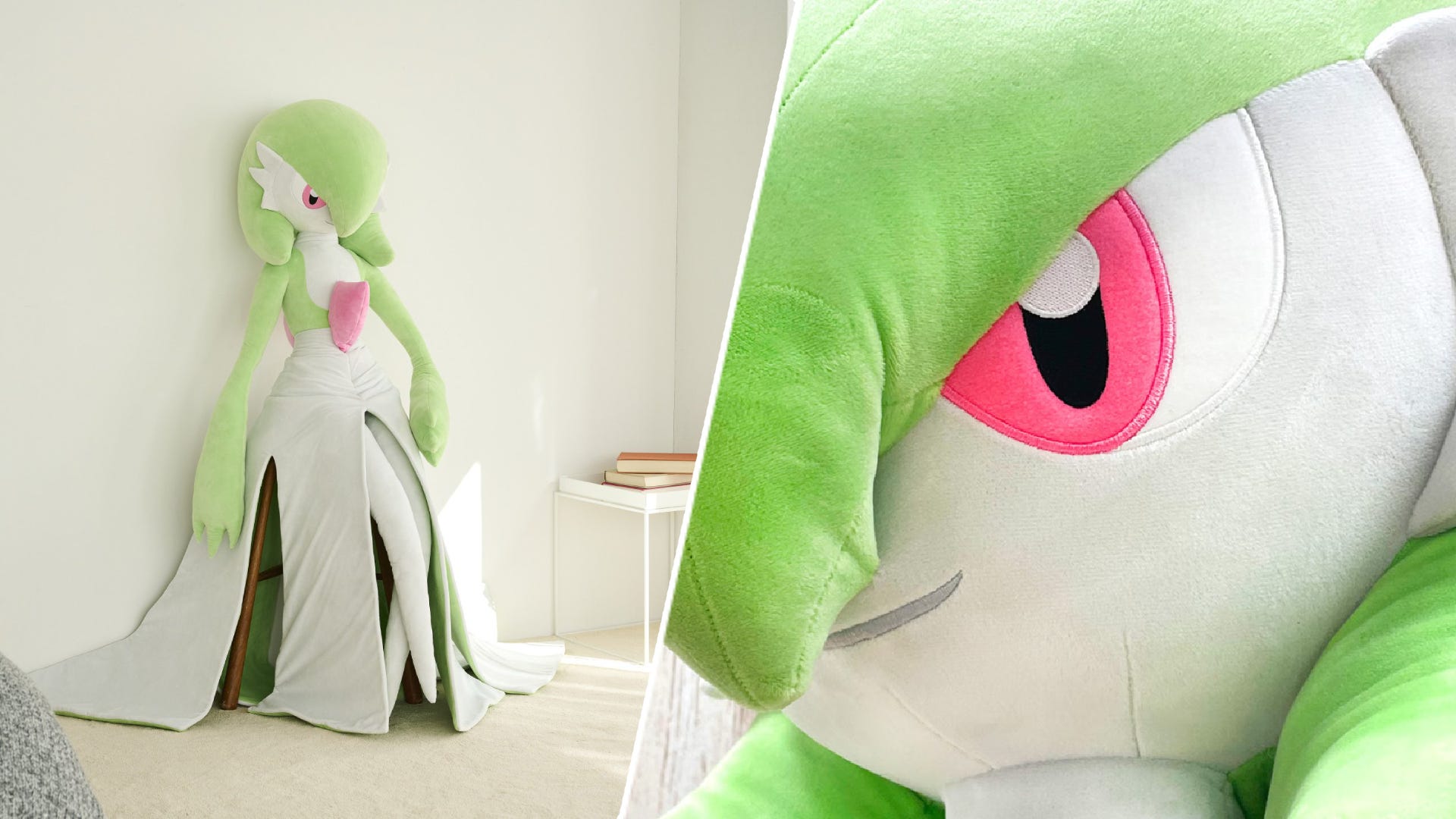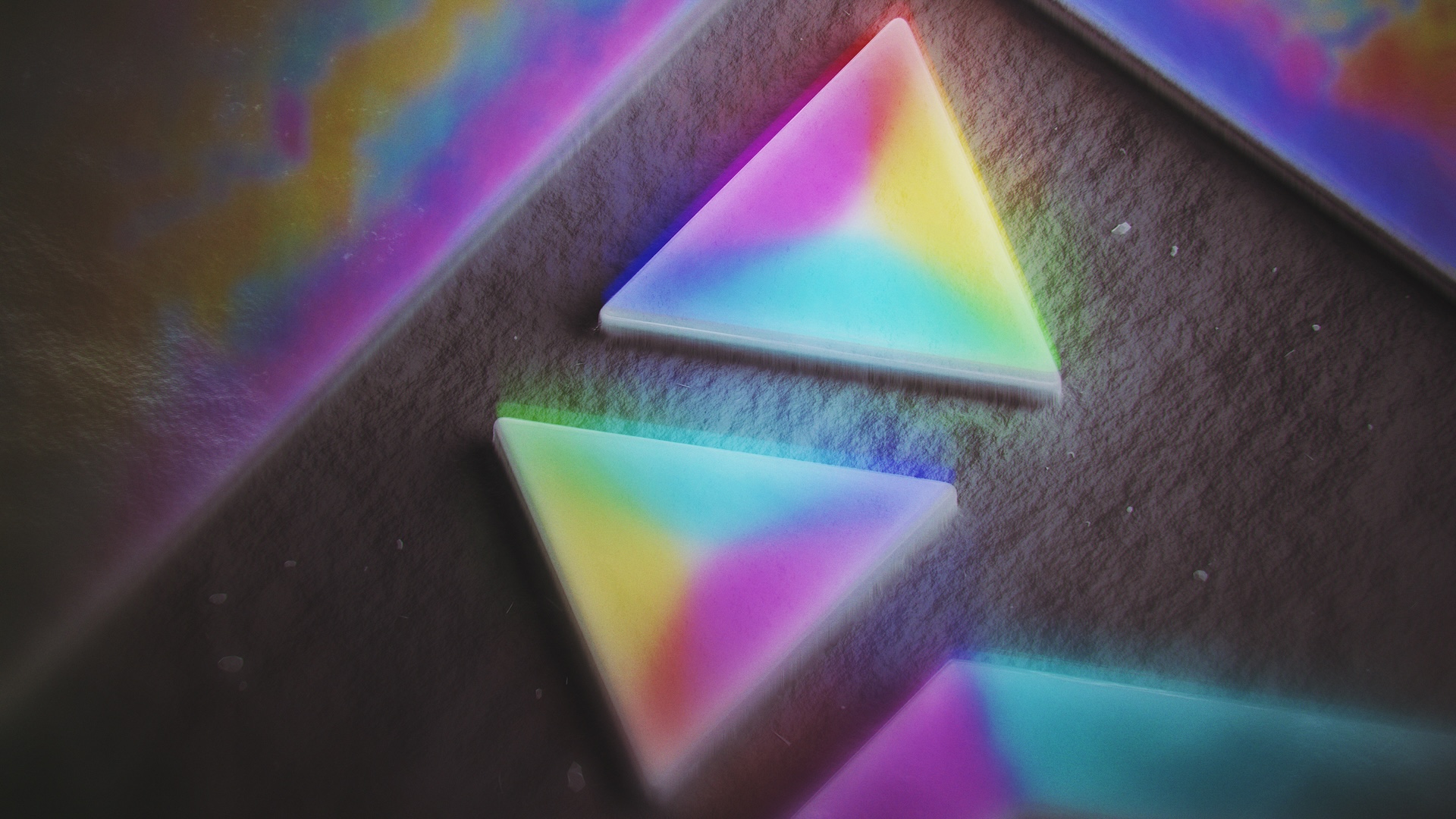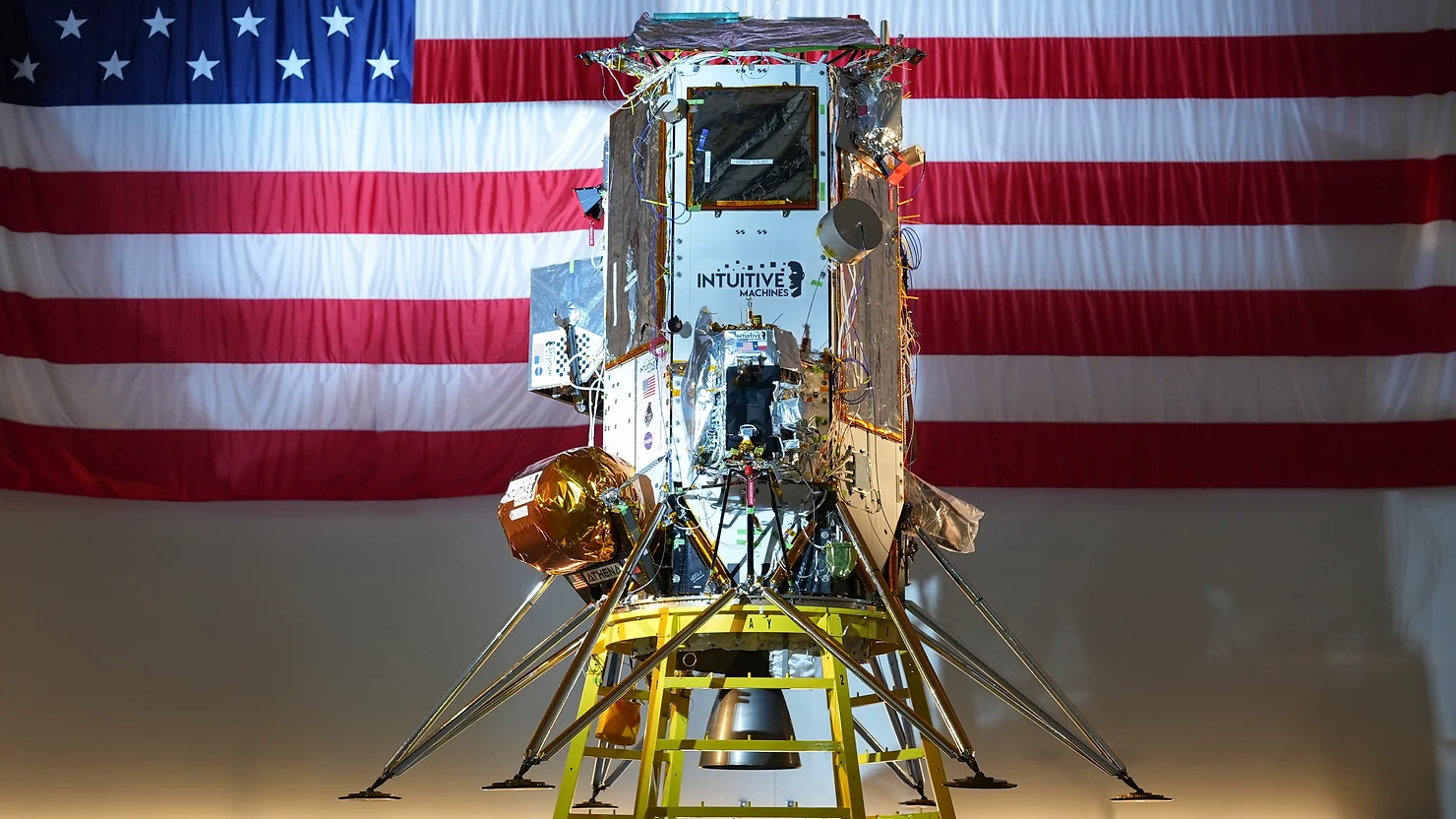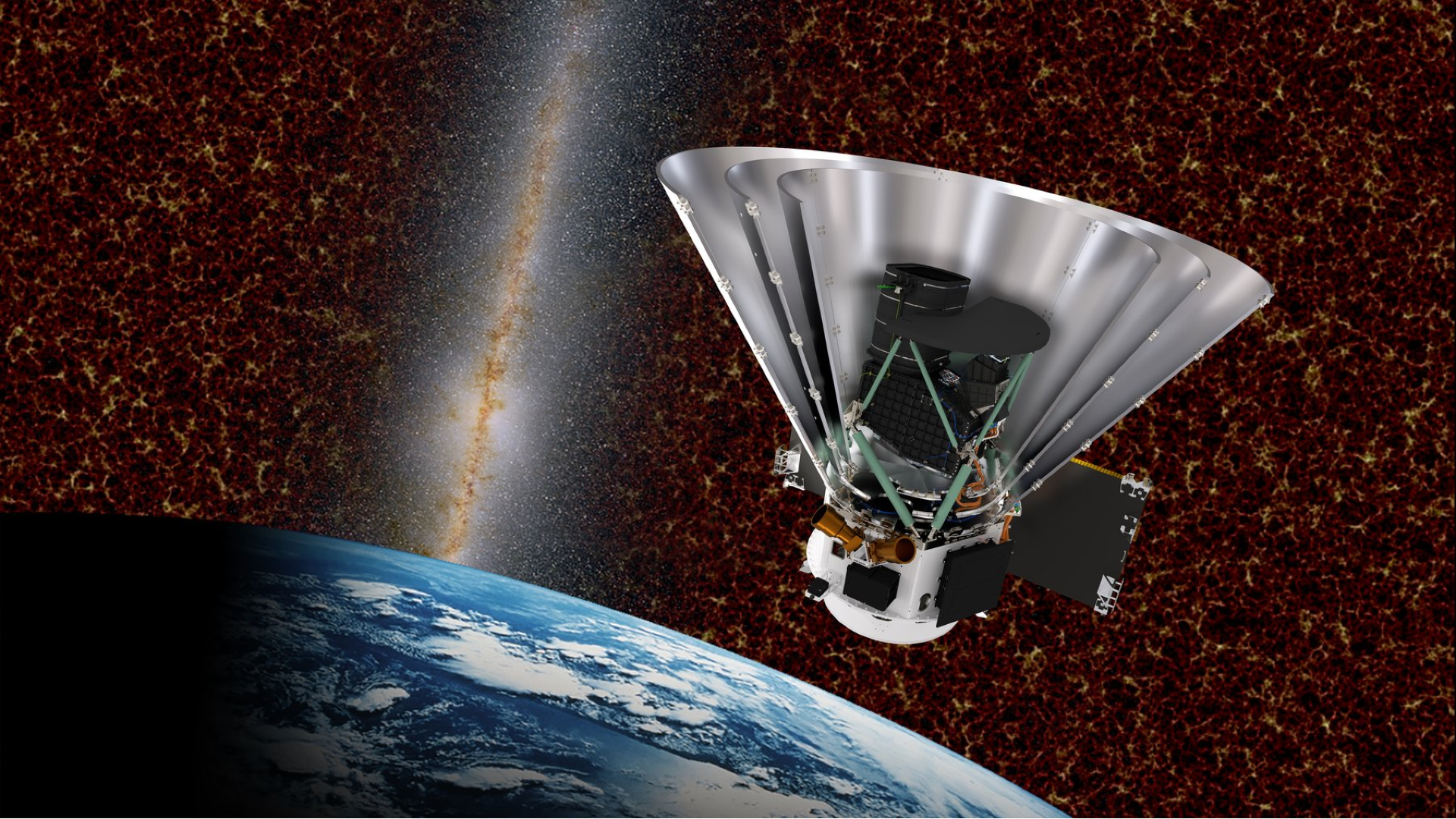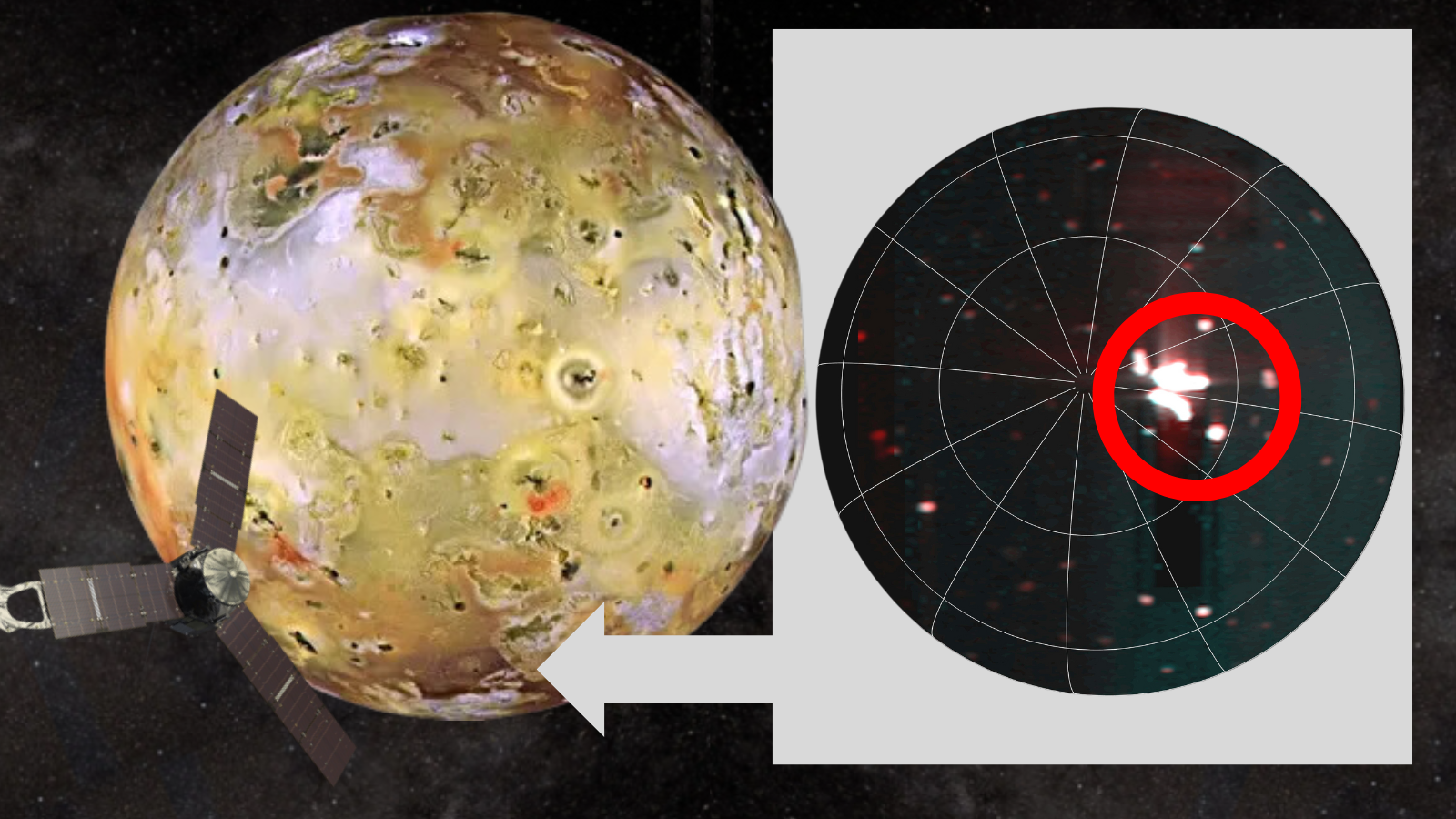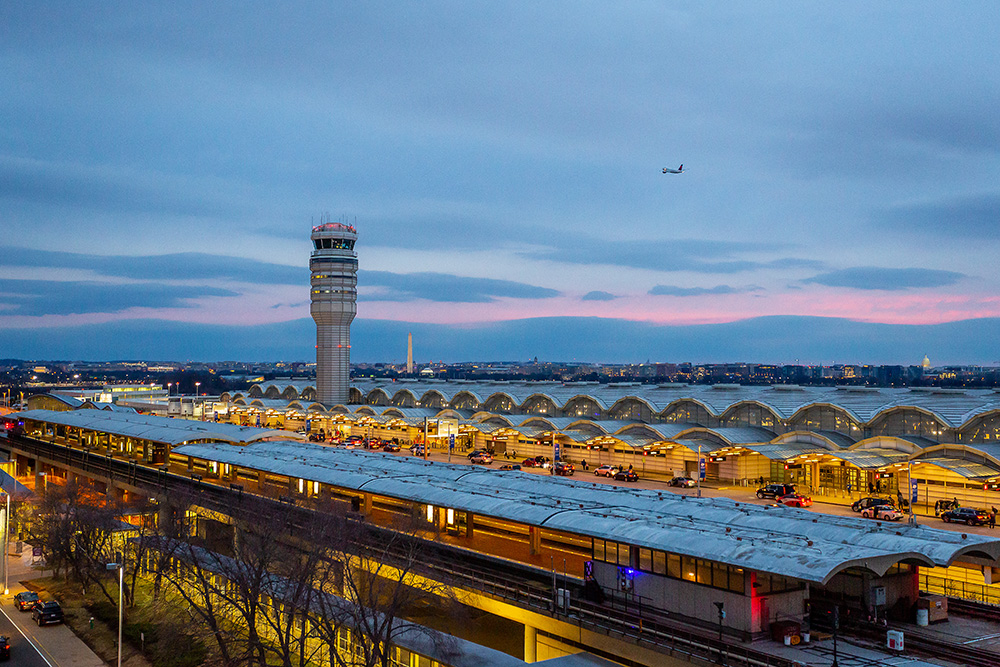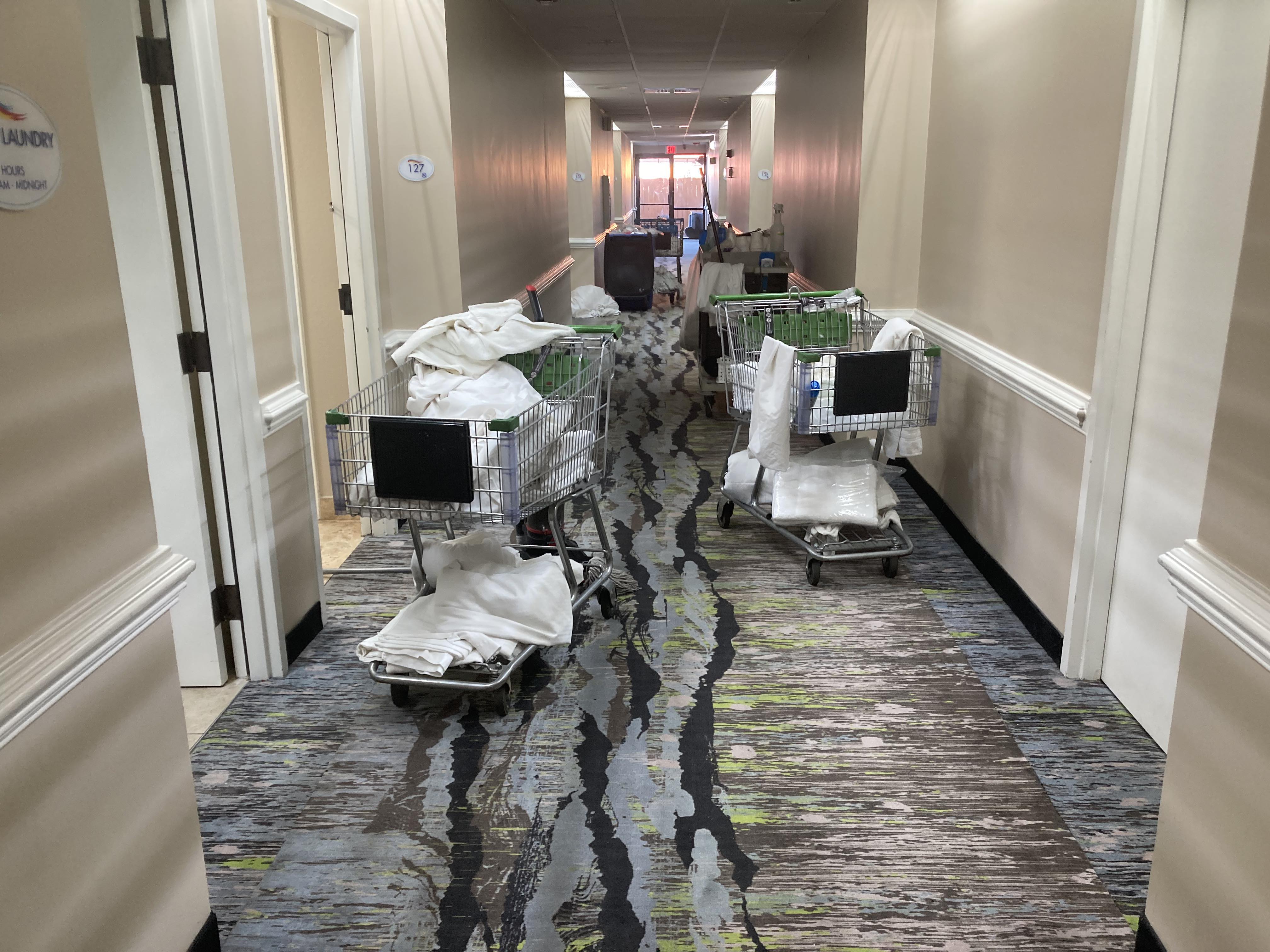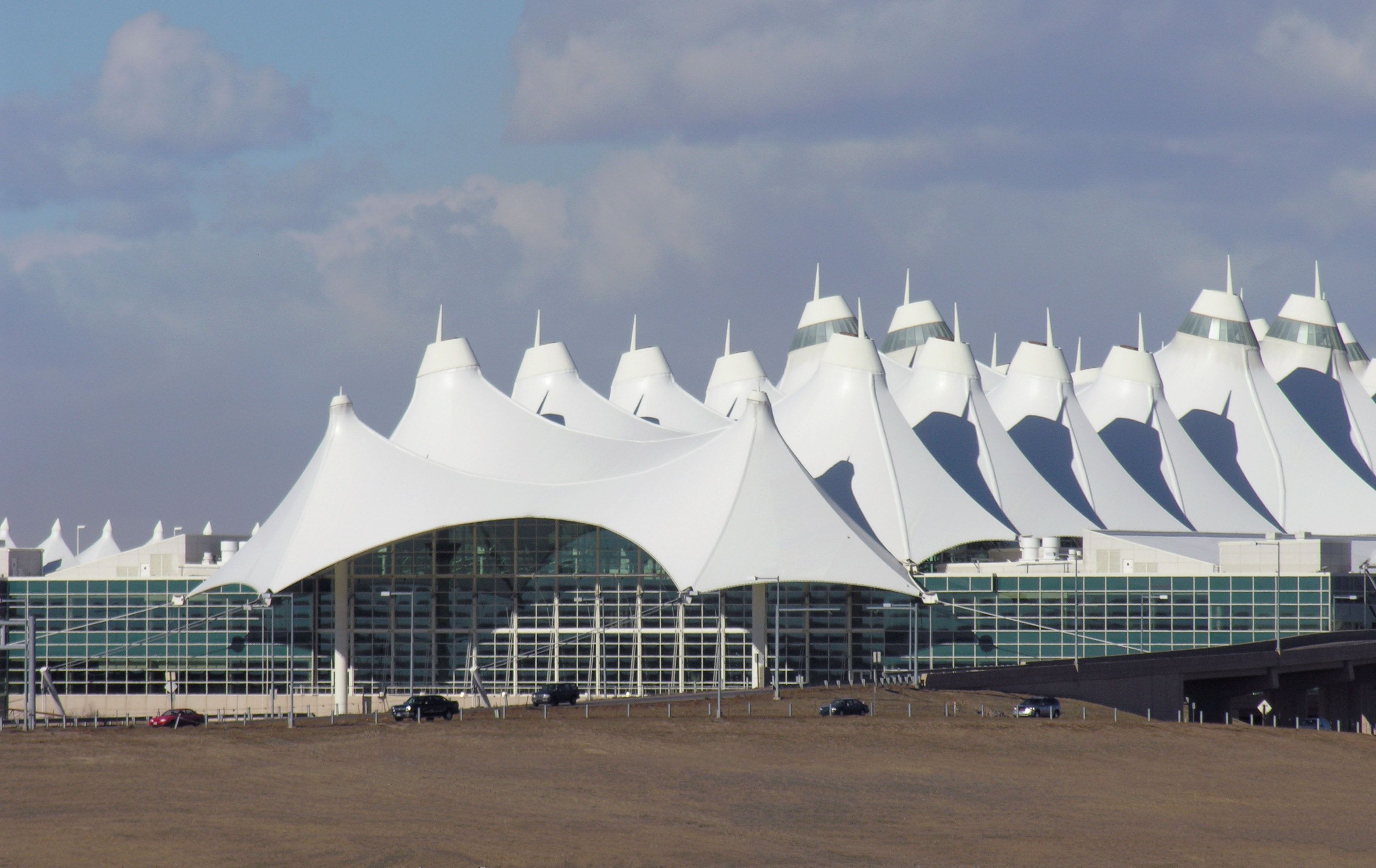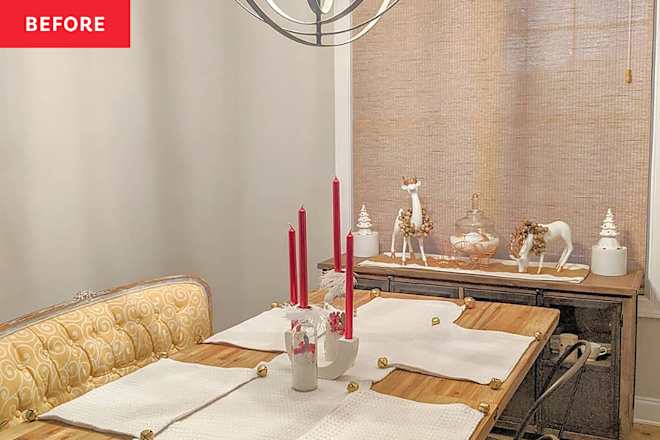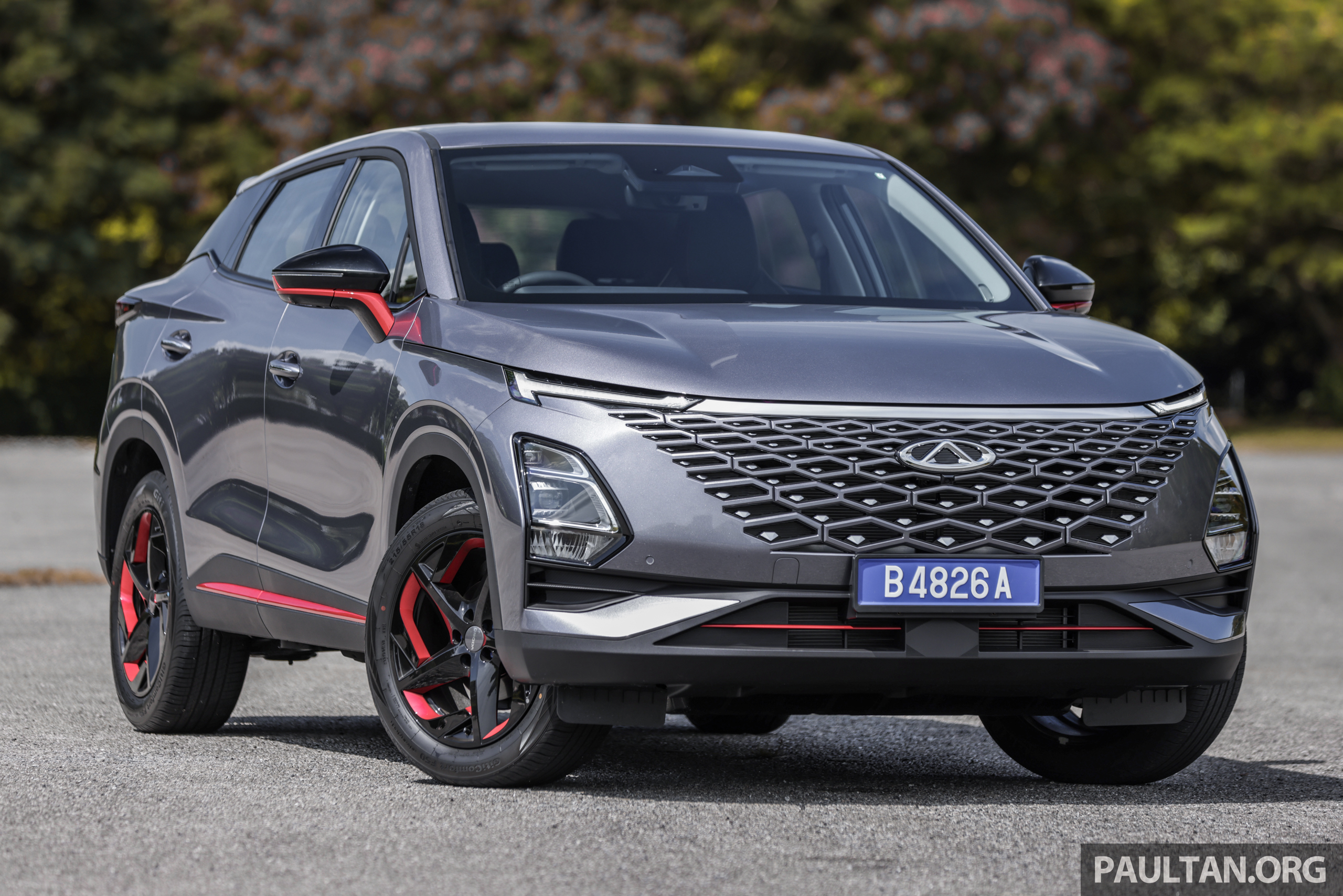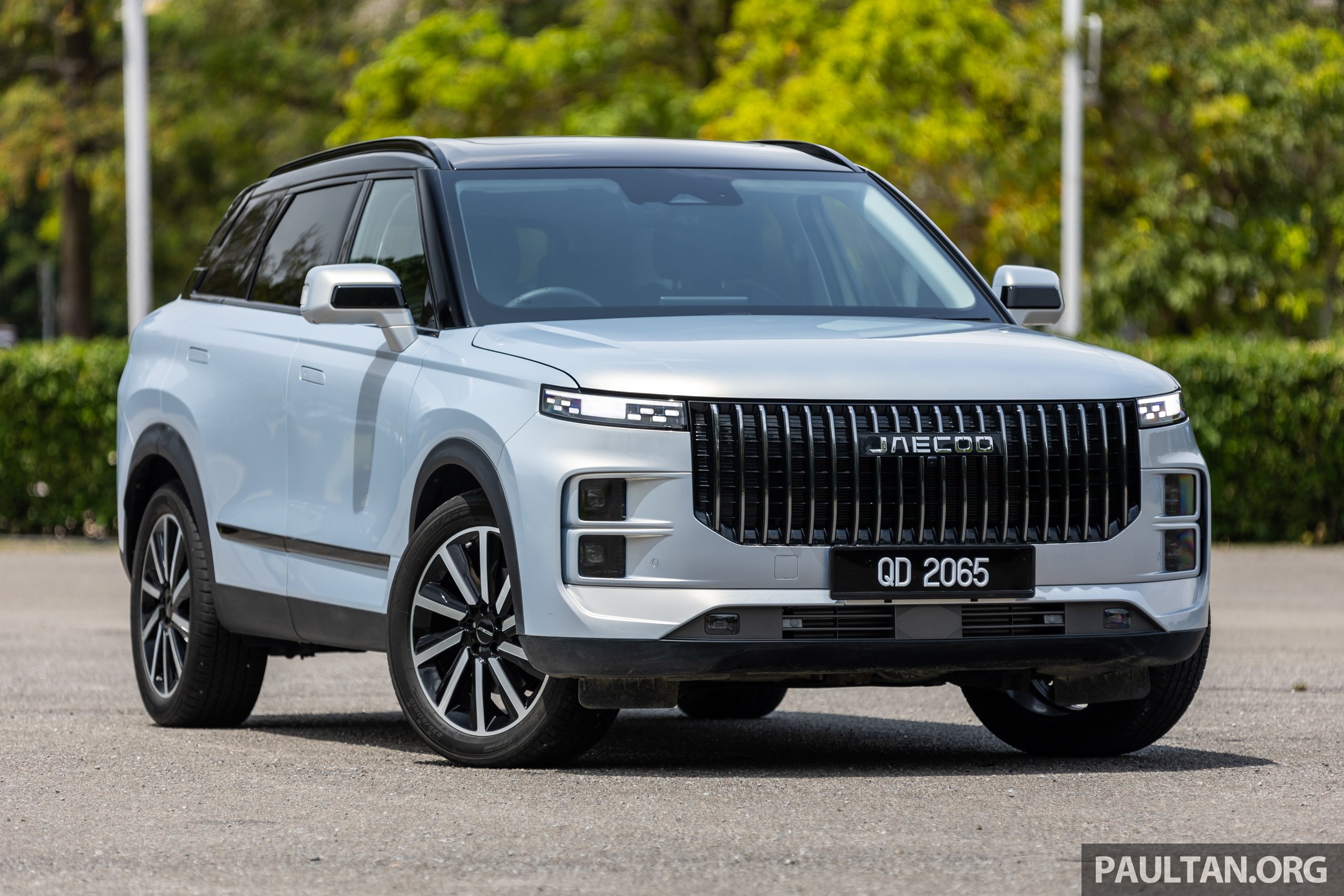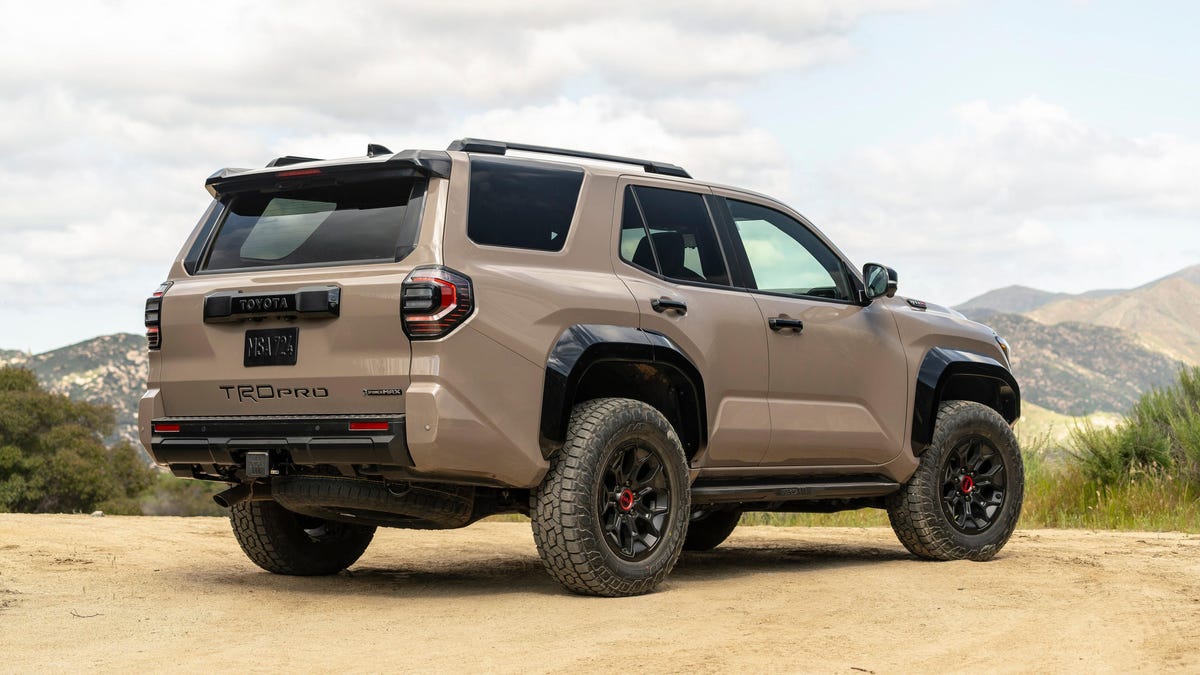Proton CEO on China OEM influx in 2024 – 15 brands, 35 new models in Malaysia, but only one proper CKD
Click to enlarge “I’ve been here seven years, I’ve never seen so many new brands coming into this mature market. At least 15 new brands and 35 models came into Malaysia, and a majority of […] The post Proton CEO on China OEM influx in 2024 – 15 brands, 35 new models in Malaysia, but only one proper CKD appeared first on Paul Tan's Automotive News.

“I’ve been here seven years, I’ve never seen so many new brands coming into this mature market. At least 15 new brands and 35 models came into Malaysia, and a majority of them are Proton’s competitors.”
So said Proton CEO Dr Li Chunrong at last night’s Chinese New Year media dinner, while showing a slide of all the Chinese brands and their models either already on sale in Malaysia or coming, and their volumes.
“For customers, this is good because you get more choices. That is 100% correct, but in the long run, your car may be orphaned (if the brand exits the market),” he said.
He explained that if production numbers cannot be sustained over a long enough period, the low volume/orders will negatively affect local vendors and parts suppliers in Malaysia.
51% of the 35 new models are electric vehicles (EV), which is unsurprising given the current tax-free entry conditions, but what’s perhaps more of a revelation is where (or rather how) they are assembled.
The slide makes a distinction between fully-imported (CBU), semi-knocked down (SKD) and completely-knocked down (CKD).
It showed that 77% of the 35 new models are CBU, 20% SKD and only 3% CKD (one out of 35). Although Malaysia has minimum local content requirements to be considered CKD proper, the terms SKD and CKD are often used interchangeably in this country. Most carmakers use the term CKD even with little to no localisation.
“(Car brands) in Malaysia will have to do localisation (for local assembly), because I don’t believe the Malaysian government will allow you to only do SKD (as opposed to proper CKD),” Dr Li said.
While he did not say which model was proper CKD, he pointed out the Jaecoo J7‘s volume as an example of one that could support a full CKD vendor ecosystem. The Jaecoo J7 is made in Chery’s own plant in Shah Alam, as opposed to contract assembly.
His point is, while it’s all well and good to have more brands and models coming into Malaysia, it may also have detrimental effects in the long run if the market doesn’t get proportionally bigger.
Local assembly programmes really only benefit the local vendor and parts supply ecosystem once they hit a high enough volume, which then needs to be sustained over a long period.
Failing that – and with more competition, each model’s chances will only become lower – both vendors and end consumers risk being left out in the cold, the former with unprofitable low orders, the latter with the possibility of the brand exiting the market completely. Basically, choose your next car carefully, says Dr Li.
The post Proton CEO on China OEM influx in 2024 – 15 brands, 35 new models in Malaysia, but only one proper CKD appeared first on Paul Tan's Automotive News.










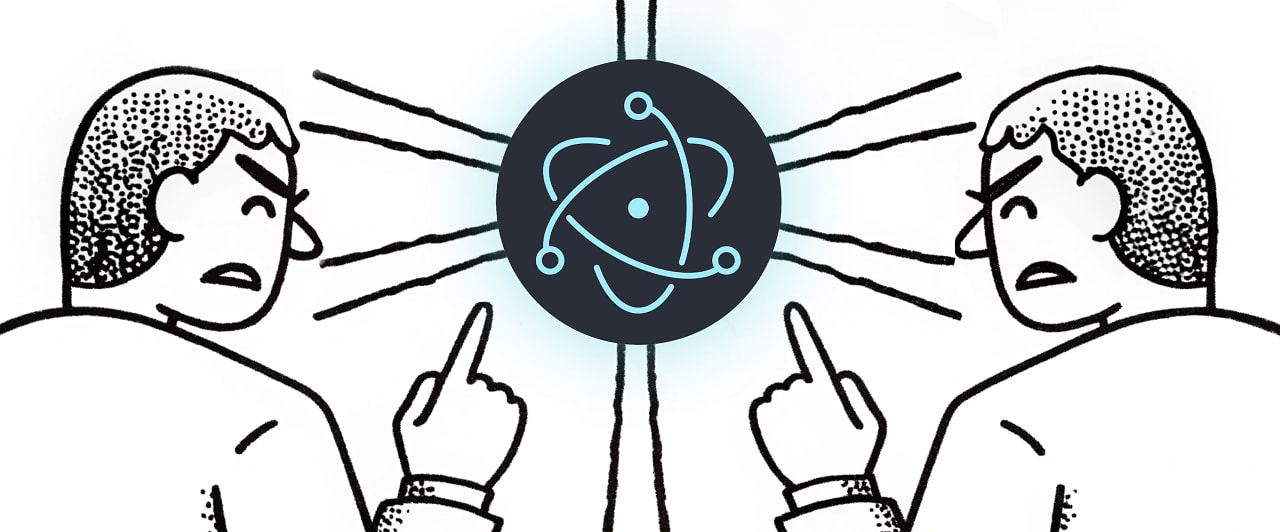


![From Gas Station to Google with Self-Taught Cloud Engineer Rishab Kumar [Podcast #158]](https://cdn.hashnode.com/res/hashnode/image/upload/v1738339892695/6b303b0a-c99c-4074-b4bd-104f98252c0c.png?#)




